CASSIA
Cassia
L., Sp. Pl. 1: 376. 1753; Fl. China @ eFloras.org 10: 27.
Tree or large shrubs. Leaves spirally arranged, often distichous, unipinnately paripinnate, (abruptly pinnate); rachis and petiole without glands; stipules of various shapes; leaflets opposite, without stipels. Flowers zygomorphic, bisexual, pentamerous, perigynous, in terminal panicles on main shoot or racemes on short side shoots; bracts and bracteoles variable; bracteoles at or shortly above base. Sepals 5, fused at base, lobes 5, imbricate, sepals reflexed at anthesis. Corolla zygomorphic; petals 5, imbricate, imbricate, subequal or the lowest the largest. Stamens 10; filaments of 3 lower (anterior or abaxial) antisepalous stamens sigmoidly curved, usually larger than anthers, dehiscent by slits; remaining 7 filaments straight and short, with anthers mostly dehiscent by basal pores. Monocarpellary, ovary sessile or stipitate, unilocular with many ovules, marginal placentation; style short or long; stigma terminal. Legumes elongate, cylindric or compressed, indehiscent. Seeds numerous, 1 or 2- seriate; funicle filiform.
37 species
Cassia fistula
Cassia fistula
L., Sp. Pl. 1: 377. 1753; Baker in Hook. f., Fl. Brit. Ind. 2: 261. 1879; Ali & Qurashi, S.U. Sci. Res. J. 3: 5. 1967; Parker, For. Fl. Punj. ed. 1. 174. 1918 (Reprint 1973); Fl. China @ eFloras.org 10: 28; Fl. Pak. @ eFloras.org; keralaplants.in.
A small or medium-sized deciduous tree, ca. 15-20 m tall, bark pale-grey, smooth up to middle age, rough and dark brown when old, twigs pubescent when young. Leaves alternate, paripinnate, 23-45 cm long; rachis 9-27 cm long, terete, pubescent or glabrous. Leaflets (3-) 4-6 (-8) pairs, opposite or subopposite, 5-16 cm x 3.8-8.5 cm, smooth, paler above, hairy below, silver pubescent when young, ovate, ovate-lanceolate or oblong-ovate, apex acute, acuminate or occasionally emarginate, margin entire, base obtuse, round or acute. Petiolules 4-10 mm long, slender, grooved adaxially; petioles 3.5-8 cm, with dorsal (adaxial) groove when young, pulvinate at base. Stipules minute, ovate. Flowering at time almost bare of leaves. Flowers zygomorphic, bisexual, pentamerous, perigynous, 3.7-6.0 cm across, yellow, in lax, drooping axillary racemes, (10-) 30-45 (-60) cm long, articulate, slender, spreading, slightly hairy; bracts 2-4 mm long, linear, acute, pubescent, caducous. Calyx divided almost to base, tube short; lobes 5, 1.2 cm x 0.6 cm, ovate or oblong, apex obtuse, reflexed backward on pedicel, pale yellow, puberulent. Petals 5, free, 1.7-2.5 cm x 1.2-1.8 cm, subequal, obovate, apex obtuse or rounded, shortly clawed, distinctly veined, yellow. Stamens 10, free; lower 3 large with curved filaments to 4-4.5 cm long, anthers ca. 5 mm long, basifixed, dehiscence longitudinal; upper 3 short with erect filaments to 7.5 mm long, another ca. 3 mm long, basifixed; medium 4 with erect filaments to 1 cm long; anthers ca. 6.5 mm long with curved beak, versatile, dehiscence by apical pores. Ovary stipitate (stipe ca. 1 cm long), half inferior, slender, ca. 2.5 cm long, thinly appressed hairy, ovules many; style sturdy, short to 5 mm, incurved; stigma punctiform. Pods 30-60 cm x 1.5-2.5 cm, cylindric, smooth, pendulous, dark brown- black when ripe, indehiscent; 40-100 seeded immersed in a dark coloured sweetish pulp and separated from one another by transverse septa; seeds ca. 1 cm in diameter, flattened.
Common Names: The Indian Laburnum, Purging Fistula, Amaltas, Golden Shower, Kariar
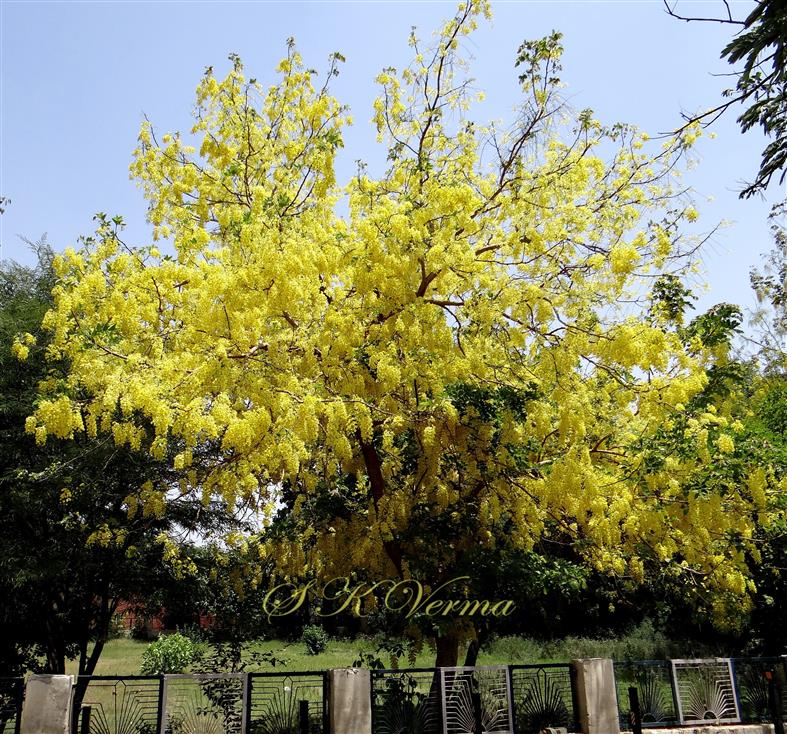
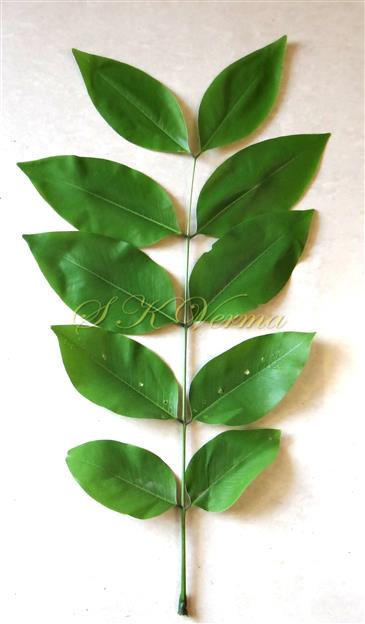
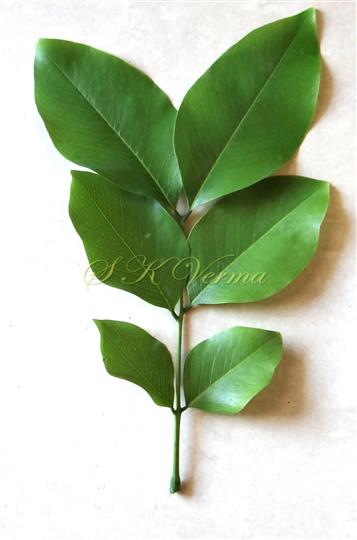
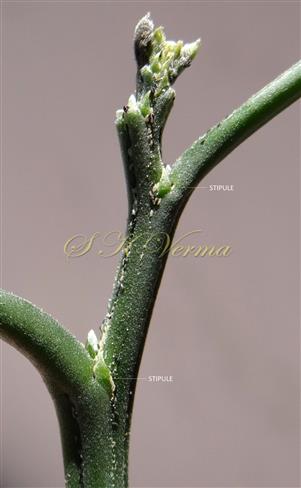
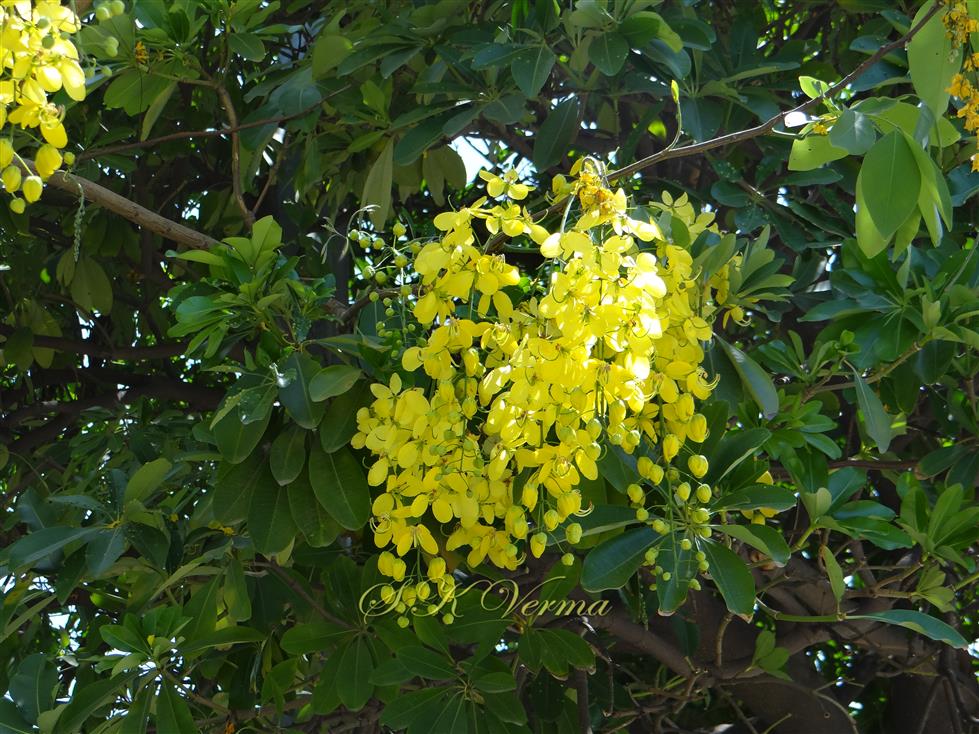
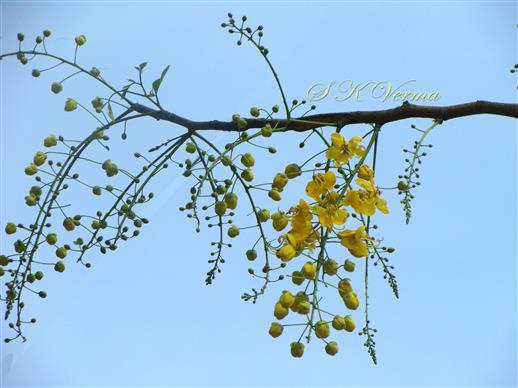
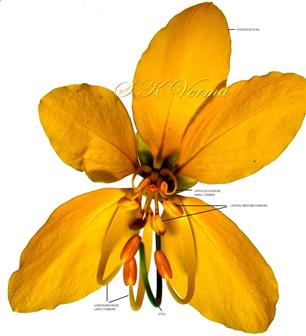
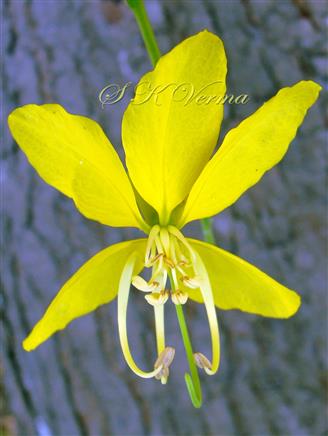
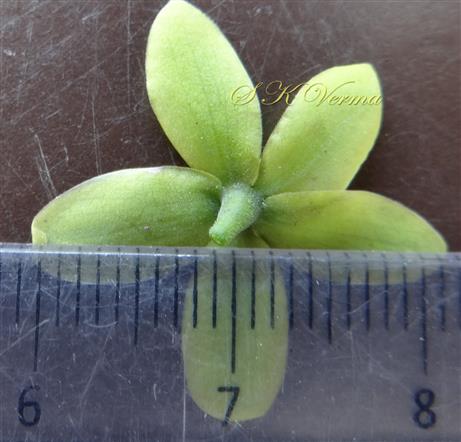
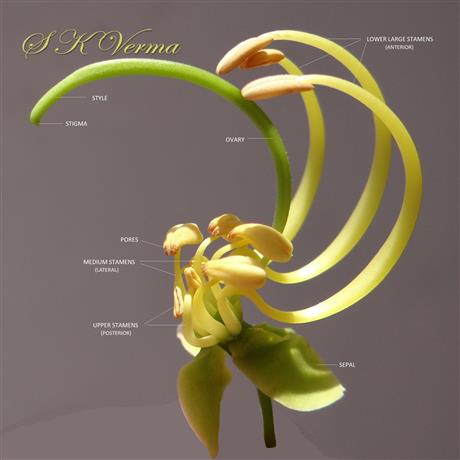
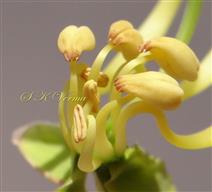
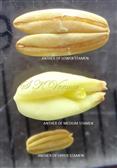

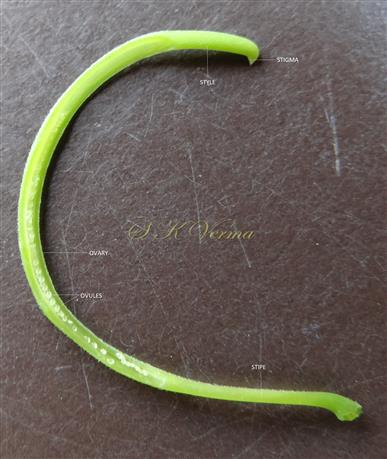
-DSC08835.jpg)
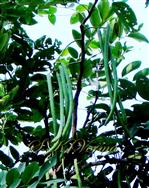













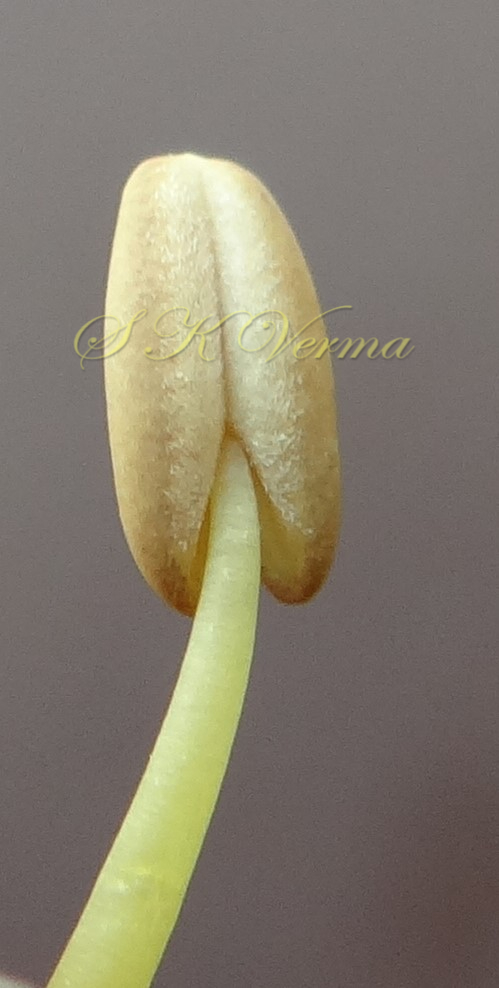

-DSC08835.jpg)
